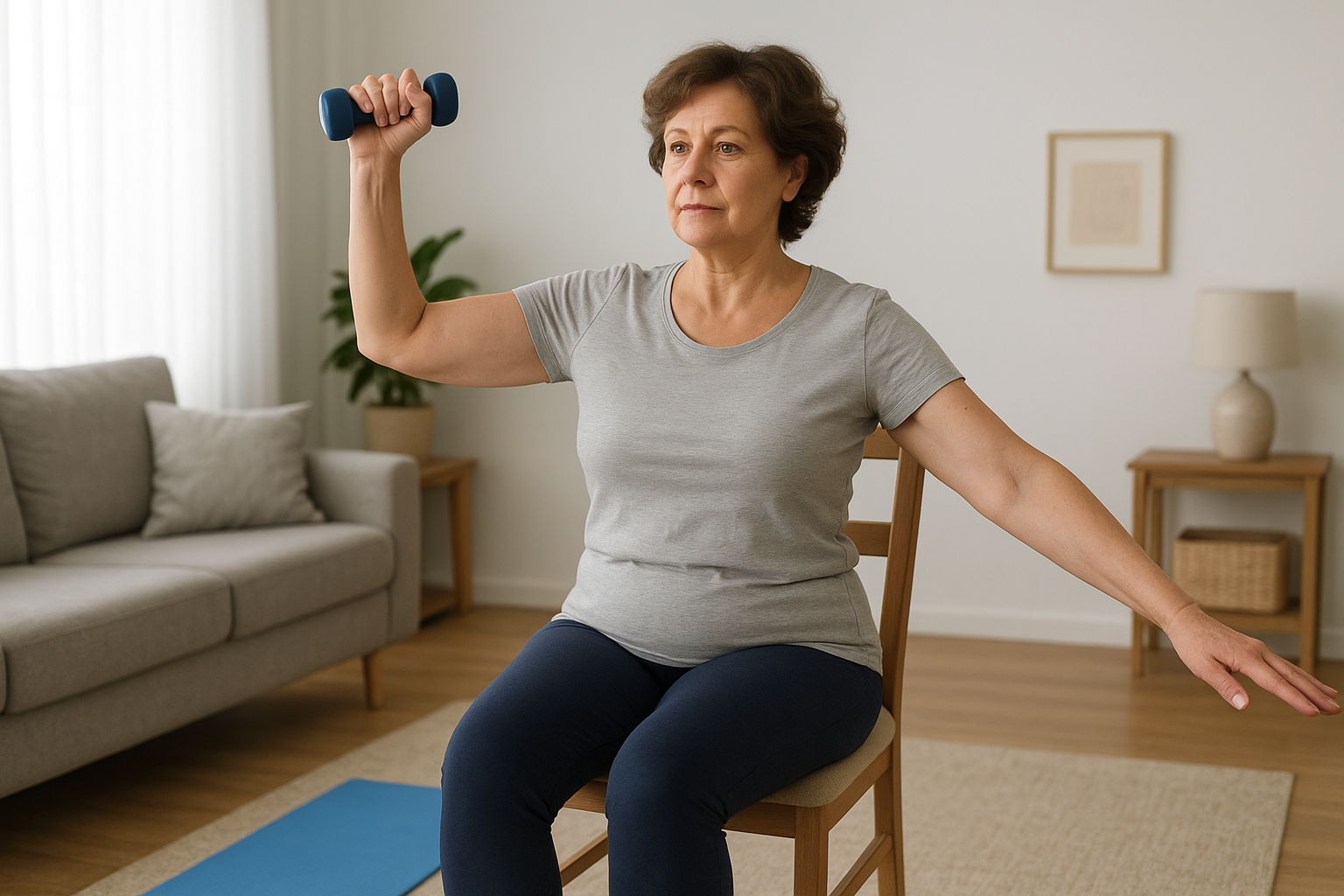Post-Polio Syndrome
Post-Polio Syndrome (PPS) arrives decades after surviving polio, bringing new weakness, pain, and exhaustion that threaten hard-won mobility. Up to 60% of the 300,000 U.S. polio survivors now face post polio syndrome challenges as overworked motor neurons fail. The goal shifts from cure to conservation—post polio syndrome physical therapy treatment preserves strength while minimizing fatigue. Smart
exercises for post polio syndrome and innovative aids can restore confidence in every step.
?What Is Post-Polio Syndrome
PPS emerges 15–40 years post-polio when surviving motor neurons, already compensating for lost ones, begin to deteriorate. Symptoms include muscle weakness (often asymmetric), profound fatigue, joint pain, and breathing difficulties. Unlike the original infection, PPS progresses slowly but steadily.
Post polio syndrome alternative treatment focuses on energy management rather than reversal.
Why Energy Conservation Matters
Daily activities cost 2–3 times more energy for PPS patients, leading to rapid exhaustion and fall risk.
Post polio syndrome exercise must avoid overuse while preventing atrophy. Caregivers and neuromuscular specialists emphasize pacing—short, frequent sessions—to sustain function without triggering setbacks.
Rehabilitation Strategies
Post polio syndrome physical therapy treatment prioritizes low-impact strengthening, stretching, and gait efficiency. PTs prescribe aquatic therapy, recumbent cycling, and orthotics.
Exercises for post polio syndrome include seated ankle pumps, partial wall squats, and paced walking with rest intervals.
| Focus | Sample Activity | Duration |
|---|---|---|
| Leg endurance | Seated marches | 1 min × 5 |
| Posture | Scapular retractions | 10 reps × 3 |
| Gait | Slow hallway walks | 5–10 min |
Home programs extend professional guidance.
Practical Tools for Daily Life
Post polio syndrome alternative treatment thrives with adaptive equipment. Lightweight braces reduce joint stress; wheeled walkers conserve energy. Wearable gait aids transform routine movement into therapy.
Just Walk™: Energy-Saving Gait Support
Chaban Medical’s Just Walk™ is a 3-lb mechanical wearable that lifts the foot during swing while four resistance levels strengthen weak muscles—directly supporting
exercises for post polio syndrome. Patients use it 15–20 minutes twice daily for household tasks, stairs, or seated drills. Detachable hand grips address upper-limb fatigue common in PPS.
Key Advantages Over Traditional Aids
- Zero electrical components – unlike powered orthoses
- Near-zero starting resistance – prevents neuron overload
- Integrates into ADLs – not limited to therapy sessions
- Portable across settings – home, pool deck, or travel
Perfect for polio survivors 50+, physical therapists, and clinics managing fatigue. Explore Just Walk™
Step Smarter, Not Harder
Post polio syndrome physical therapy treatment succeeds through conservation and consistency. Combine
post polio syndrome exercise, pacing strategies, and tools like Just Walk™ to walk farther with less effort. Protect your energy—preserve your independence.
FAQs
How does post polio syndrome physical therapy treatment differ from regular PT?
It uses ultra-short sessions, minimal resistance, and strict pacing to avoid motor neuron stress.
?Are exercises for post polio syndrome safe daily
Yes—when limited to 15–20 minutes and monitored for pain or unusual fatigue.
?Can Just Walk™ serve as post polio syndrome alternative treatment
It complements therapy by reducing gait energy cost and strengthening muscles mechanically.
? When should I adjust my post polio syndrome exercise routine
Increase rest if new weakness, pain >24 hours, or breathing changes occur—consult your PT.
References
- National Institute of Neurological Disorders and Stroke. Post-Polio Syndrome Fact Sheet. https://www.ninds.nih.gov/health-information/disorders/post-polio-syndrome
- Gonzalez H, et al. Management of postpolio syndrome. Lancet Neurol. 2010.
- Chaban Medical.
Just Walk™ Clinical Applications. https://www.chaban-medical.com/just-walk-page
Important
This article is for informational purposes only and is not a substitute for professional medical advice; always consult your doctor or physical therapist before starting any exercise or using any device




